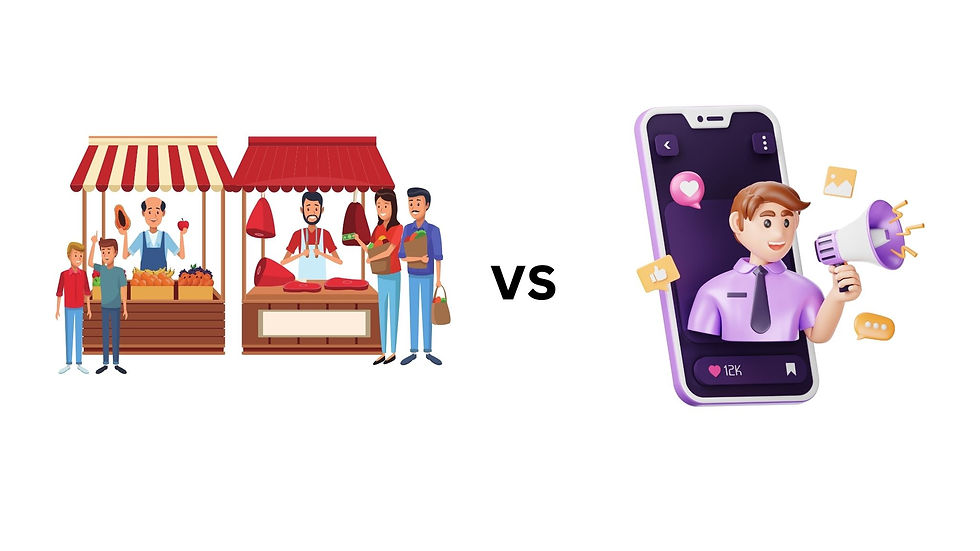Photography with Less Hassle: How AI is Revolutionizing the Workflow
- Juneffer Binti Sabastian Goh
- May 24
- 3 min read
The photography industry has always been a blend of artistry and technical precision. But for decades, photographers have grappled with time-consuming tasks like culling, editing, and organizing images—until now. Artificial Intelligence (AI) is transforming the workflow, allowing creatives to focus on what truly matters: storytelling, creativity, and connecting with their subjects. In this blog, we’ll explore how AI tools reduce hassle and elevate the craft of photography.
AI-Powered Culling: From Hours to Minutes
Sifting through thousands of photos to find the perfect shot is one of the most tedious parts of a photographer’s job. Enter AI culling tools like Aftershoot, which analyzes images for sharpness, exposure, closed eyes, and emotional expressions to rank and select the best shots in minute 1. Similarly, Imagen AI’s Culling Studio streamlines the process by allowing photographers to review AI-sorted images and adjust rankings before moving to editing—all within a single app 3. These tools save time and reduce decision fatigue, letting photographers focus on their creative vision.
Editing at Lightning Speed
Editing is where AI truly shines. Adobe’s Generative Fill makes the process of retouching easier and fast, seamlessly removing unwanted objects or adding elements through text prompts while matching lighting and perspective. For portrait photographers, AI-driven retouching tools automate skin smoothing and blemish removal, delivering professional results in seconds.
But the real game-changer? Personalized AI profiles. Tools like Imagen AI learn your editing style from past work in Lightroom or Capture One, applying consistent adjustments to thousands of photos in under a minute. This means less time tweaking sliders and more time shooting.
Organizing Chaos: Digital Librarian
Managing vast photo libraries can be overwhelming. AI-powered platforms like PhotoPrism automatically tag, categorize, and sync images to cloud storage based on content, location, and faces. Meanwhile, tools like Adobe Sensei and Google Photos use image recognition to group photos by themes or subjects, making searching for “sunset” or “wedding” shots effortless. This organizational magic ensures photographers spend less time digging through folders and more time creating.
Marketing Made Easy
AI isn’t just for post-production—it’s a marketing powerhouse. Jasper AI crafts compelling social media captions and blog posts, while CanvasAI tools generate resized graphics and remove backgrounds in seconds. Adcreative.ai designs conversion-focused visuals for ad campaigns by analyzing brand colors and logos, generating platform-specific creatives in one click. Even stock photography becomes easier with AI tags and licenses, and your work is now available for brand discovery.
Enhancing Creativity, Not Replacing It
Critics often fear AI will be overtaking photography, but the opposite is true. Tools like Generative Fill and Midjourney inspire new creative directions, enabling photographers to experiment with surreal landscapes or composite edits that were once labor-intensive. AI also aids storytelling by analyzing photo collections for recurring themes, helping photographers build narratives.
As award-winning photographer Belle Verdiglione notes, AI is a collaborator, not a competitor: “Our humanness will not be erased unless we stop being human.” By automating repetitive tasks, AI frees photographers to explore bold ideas and refine their unique style.
Ethical Considerations and the Human Touch
While AI offers immense benefits, it’s not without challenges. Concerns about authenticity, deepfakes, and over-reliance on automation persist. However, the photography community addresses these issues through ethical guidelines, transparency in AI usage, and competitions that differentiate AI-assisted work from traditional photography.
The key is balance. As Penelope Diamantopoulos, a seasoned photographer, emphasizes: “AI should align with your vision, not replace it.” Photographers can harness AI’s power without losing their soulful touch by maintaining technical skills and nurturing emotional storytelling.
The Future: Less Hassle, More Art
The integration of AI in photography mirrors the shift from film to digital—a transition met with skepticism that ultimately expanded creative possibilities. Tools like Orbitvu’s AI Photo Assistant are already revolutionizing product photography with automated lighting and background adjustments, while Mem streamlines project management by syncing notes, calendars, and client communications.
AI will continue to evolve, offering real-time editing suggestions and even predictive analytics for market trends. However, as Sam Altman, CEO of OpenAI, reminds us: “AI is a tool, not a creature.” By embracing it thoughtfully, photographers can reduce hassle, amplify creativity, and redefine what’s possible in their art.
Final Thoughts
AI is not here to replace photographers but to remove the roadblocks. From culling to marketing, these tools democratize high-quality photography, making it accessible to amateurs and pros alike. The future belongs to those who blend technical mastery with human intuition, using AI to elevate their craft rather than overshadow it. So, let the algorithms handle the grunt work. Your next masterpiece is waiting.



Comments